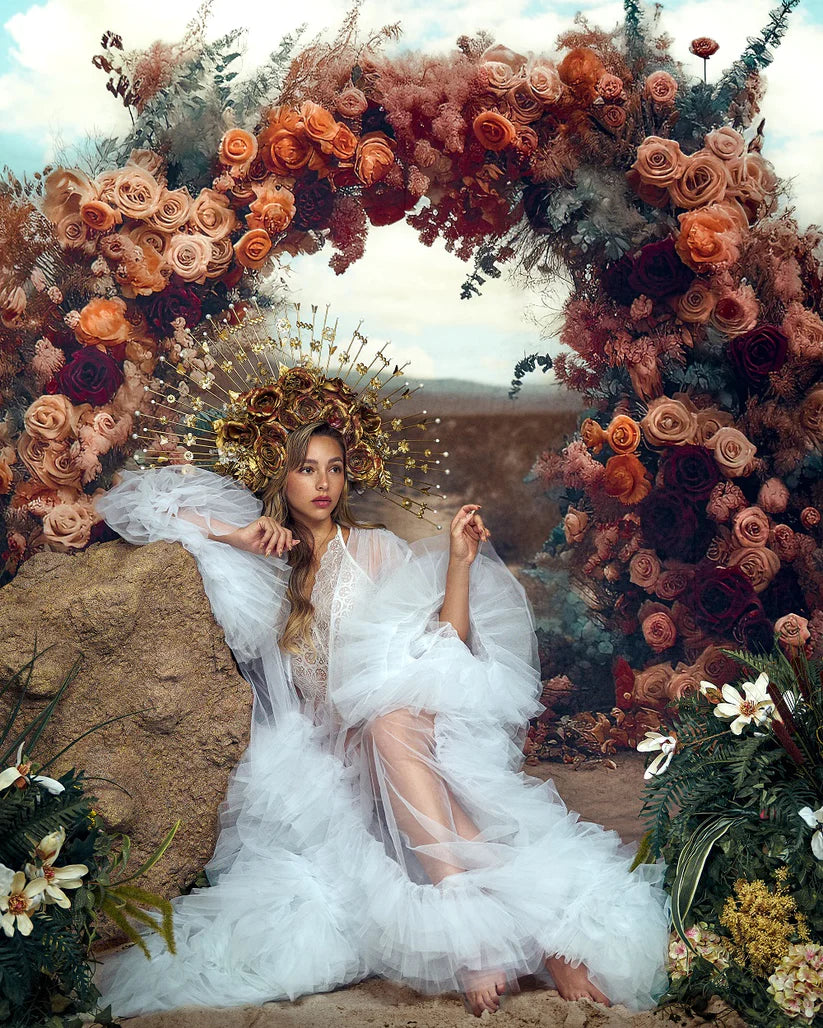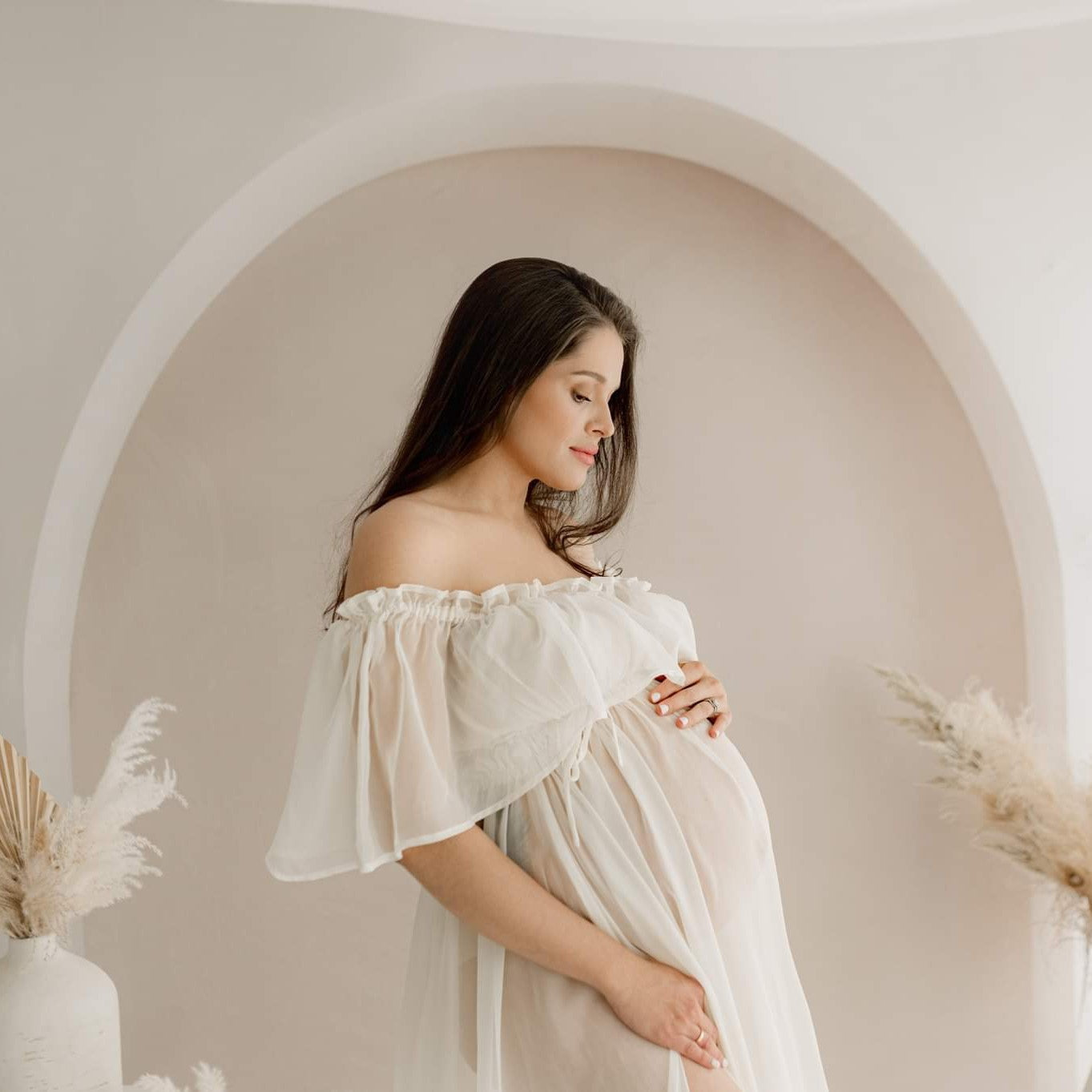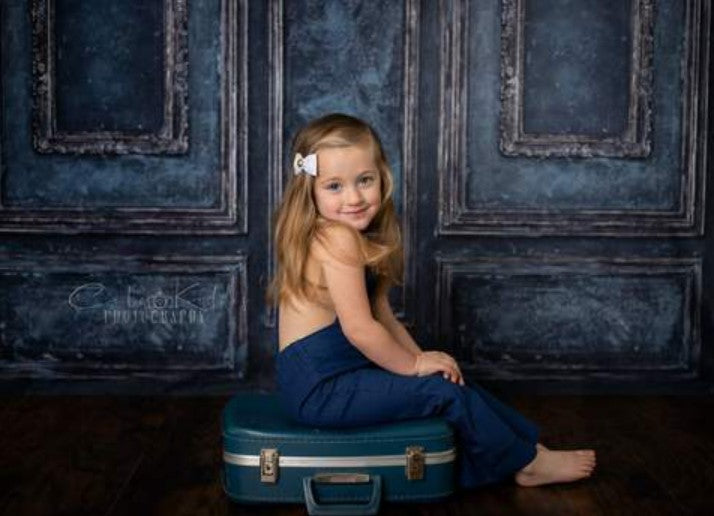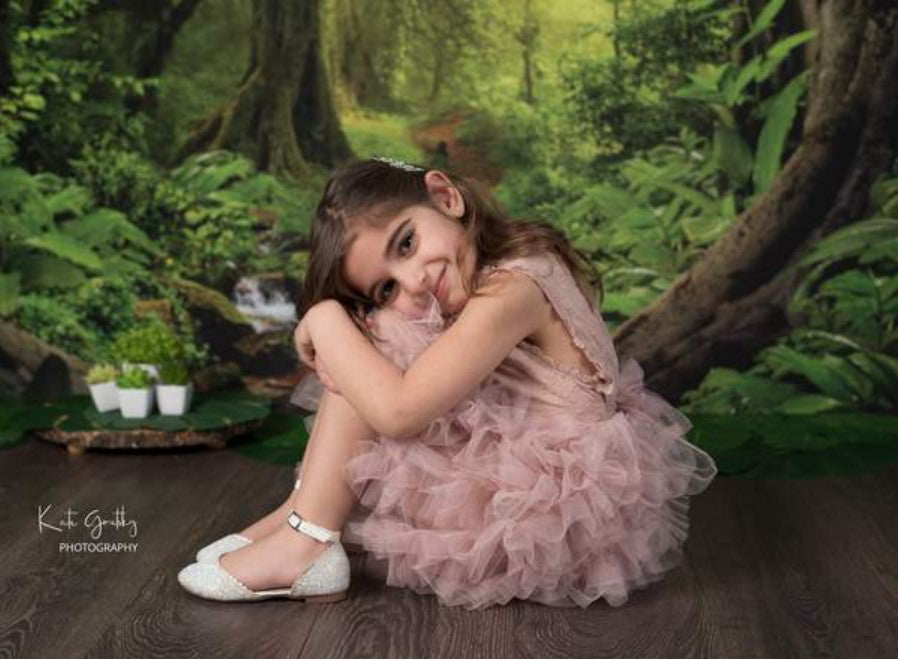I am often asked about the light in photography. Today I will talk to you about the type of light used in photography and how to use light.
Type of light used for photography
For the light source of photographic illumination, the types of light sources can be divided into two categories: natural light and artificial light. Natural light refers to daylight, moonlight, and starlight, and is dominated by daylight. Artificial light refers to artificially produced illuminants such as flash lamps, iodine tungsten lamps, incandescent lamps and the like.
From the direction of light-receiving, it can be divided into:- Front light (mainly a photo of a person, the light is in the direction of the camera of the object, contrary to the backlight)
- Sidelight (the light source is mainly on the side of the object to shoot the flowers and plants, mainly to highlight the outline and see the real thing)
- Backlight(Light is emitted from the back or oblique back of the subject. It is characterized by the fact that the light can outline the beautiful contour of the subject, which can distinguish the character from the background and show a strong sense of space.)
- Direct light(Outdoors generally refers to the light emitted by the sunny sun. It is characterized by strong directionality. It can form a strong contrast between light and dark and three-dimensionality when it is irradiated onto the subject. It has a relatively tough effect.)
- Scattered light(Outdoors generally refers to the passage of sunlight through the clouds, or by the ground, walls, etc., characterized by no clear directionality. This kind of light is the ideal light for shooting portraits, and the character's skin level is very rich.).
So how to use light in photography?
- Use large area light source

The larger the area of the light source, the softer the light. The smaller the area of the light source, the harder the light. A wide light source reduces shadows, reduces contrast, and fades texture.
A narrow, concentrated source of light is the opposite. A light that is released from a wide source illuminates the object from multiple angles and is more likely to fill the shadows, illuminating the entire scene more evenly.
Tip: The subject is placed in front of a large window that is not directly exposed but very bright. The window can be used as a zero-cost softbox without the use of other studio equipment.
- The farther the light source, the softer the light

The closer the light source is, the harder the light is, and the farther the light source is, the softer the light. This has its basis: moving a light closer, the area it illuminates becomes smaller, the light is more concentrated, and moving it away, its illumination area will be relatively large.
Tip: When shooting a character indoors, moving the light closer to the person according to the expected effect can better present the character for the best shooting effect.
- Diffusion and soften the light

The light is softened by the diffusion effect, allowing the light source to be wider and softer. When shooting outdoors, when the clouds float in front of the sun, the shadows caused by the light are less noticeable. If the fog is diffused, the shadow disappears.
Clouds, cloudy days, and fog can diffuse light and refract light in all directions. In addition, in cloudy and foggy days, the entire sky can be seen as the largest softbox in nature.
Tips: For example, translucent plastic sheets, white cloth, and other materials can be used to soften hard light. You can use a diffuser before an artificial light source, such as a flash. If it is in direct sun, use a tent or a white cloth to soften the light source.
- The reflected light has a softening effect

Take a picture with the reflected soft light. A light-concentrated source is reflected against a wide, matte surface, such as a wall, ceiling, or matte surface reflector that not only reflects light but also scatters light over a wider range.
Tip: Roll out a large piece of aluminum foil and spread it over the ceiling with the light facing out. It can be used as a reflector, although the soft light effect is not as good as the matte white reflector, it can fill the characters with shiny highlights, and the effect is very good.
- The farther the light source is, the greater the brightness attenuation

The farther the light source is, the greater the light attenuation and the darker the light hitting the character. According to the laws of physics, the attenuation of light is inversely proportional to the square of the distance. If you move the light source twice the distance, you can only get 1/4 of the light.
In other words, the brightness of the light source drops more than the distance of the distance. If you want to change the light by changing the distance, you should keep this in mind. In addition, you must remember that the distance traveled by the light is also calculated as the distance between the light source and the subject.
Tip: In a bright outdoor, use the camera's flash to illuminate the shadows on the face of the person without affecting the background exposure, as the light decays with distance.
The rest of the content I will follow in the second part. I wish you have a pair of eyes that find beauty in the ordinary, and a soul that enjoys life in beauty.

 Custom Printed Fabric Backdrops
Custom Printed Fabric Backdrops Custom Rubber Floor Mats
Custom Rubber Floor Mats Custom Collapsible Backdrops(double-sided)
Custom Collapsible Backdrops(double-sided) Custom Hand Painted Canvas Backdrops
Custom Hand Painted Canvas Backdrops Custom Rubber Round Coaster
Custom Rubber Round Coaster Custom Vinyl Backdrops
Custom Vinyl Backdrops Custom Fleece Backdrops
Custom Fleece Backdrops Christmas
Christmas
















